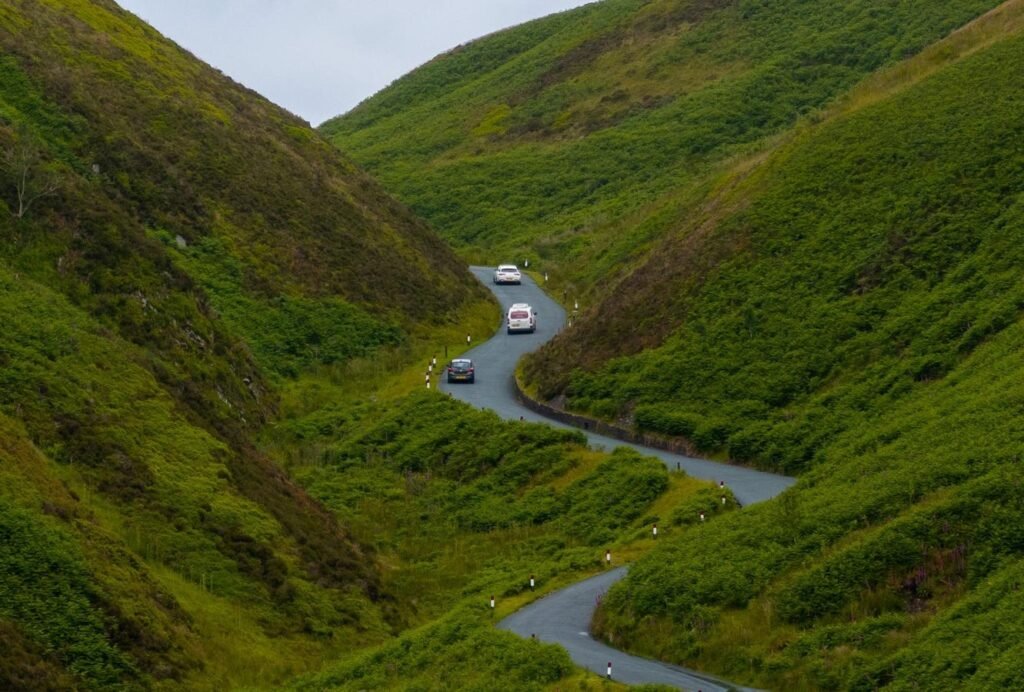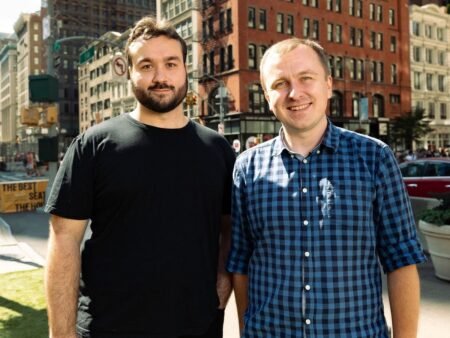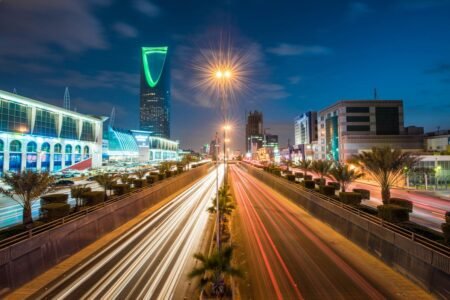A cyclist embarks on a journey around Britain, logging nearly 1000 miles on rural roads in northern England and Scotland. Despite enjoying solitude for much of the trip, they frequently encounter groups of motorists who overtake them in packs, disrupting their peaceful ride. The cyclist reflects on the different experiences of solitude and congestion on the same roads, highlighting the contrasting perspectives of slow travelers like themselves and impatient motorists.
The phenomenon of motorists grouping together on rural roads is studied by road engineers, who have found that platooning can slow down traffic and decrease efficiency. Research dating back to the 1960s has shown that regulating the speed and spacing of motorists can improve traffic flow and reduce bottlenecks. The concept of slower-is-faster aims to optimize travel times for the majority of road users by discouraging erratic driving behavior that leads to congestion.
Despite advancements in intelligent transportation systems (ITS) and autonomous driving technologies, the human factor remains a significant challenge in achieving optimal road efficiency. While ITS technology like platooning could potentially enhance traffic flow, the behavior of individual drivers can still disrupt the system. The dream of fully computer-controlled vehicles on the roads faces obstacles as long as human drivers continue to make decisions based on self-interest rather than the common good.
The cyclist observes the behavior of motorists traveling in packs and reflects on the potential benefits of slower, more considerate driving on scenic rural roads. By reducing speed and allowing for more space between vehicles, motorists could potentially reach their destinations more efficiently and enjoy a more pleasant journey. However, the ingrained belief that speed equals efficiency prevails among many drivers, leading them to group together and slow down collectively.
The Tragedy of the Commons is a concept that applies to the behavior of motorists on public roads, where individual self-interest can have negative consequences for the entire system. The cyclist’s observations of motorists passing in groups highlight how a lack of consideration for others can lead to congestion and decreased efficiency on the roads. Despite the potential benefits of adopting a slower-is-faster approach, many drivers prioritize speed and personal convenience over overall road optimization.
As the cyclist continues their journey around Britain, they encounter numerous instances of motorists grouping together and disrupting traffic flow. The reluctance of many drivers to adopt a more considerate and measured approach to driving reflects the broader challenge of changing behaviors on the road. While advancements in technology offer potential solutions to improve road efficiency, the human element remains a significant hurdle in achieving optimal traffic flow and creating a more harmonious road environment.











